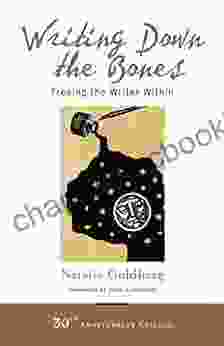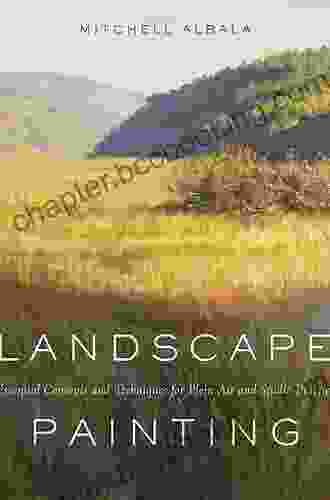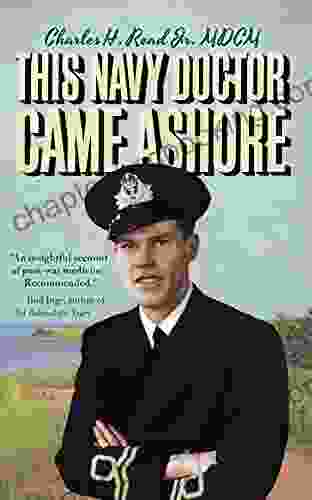An Introduction to Information Theory: A Journey into the Heart of Data, Communication, and Computation

Information theory, a cornerstone of modern science and engineering, is the mathematical framework that underpins our understanding of data, communication, and computation. It quantifies information and provides insights into how we can represent, store, transmit, and process data with the utmost efficiency. This comprehensive article delves into the captivating realm of information theory, illuminating its fundamental principles and wide-ranging applications.
4.4 out of 5
| Language | : | English |
| File size | : | 6969 KB |
| Text-to-Speech | : | Enabled |
| Enhanced typesetting | : | Enabled |
| Word Wise | : | Enabled |
| Print length | : | 469 pages |
| Lending | : | Enabled |
| Screen Reader | : | Supported |
1. The Foundations of Information Theory: Defining Entropy and Information
Information theory was revolutionized by Claude Shannon's seminal work in the 1940s. Shannon introduced the concept of entropy, a measure of the uncertainty or unpredictability within a data source. This groundbreaking concept quantifies information content and provides a foundation for understanding how data can be compressed and transmitted efficiently.
Entropy is directly related to the probability of symbols or events occurring in a data source. The higher the probability of an event, the lower its information content. Shannon's entropy formula mathematically captures this relationship, providing a precise way to quantify the uncertainty or surprisal associated with a given data source.
Shannon also formalized the concept of information as the reduction in uncertainty. When we receive a message that resolves our uncertainty about an event, we gain information. This fundamental insight has profound implications for communication, allowing us to measure and optimize the information content of messages.
2. Data Compression: The Art of Packing More Information into Less Space
One of the most practical applications of information theory is data compression. Data compression techniques aim to reduce the size of data without losing any significant information. This is achieved by identifying and removing redundant or predictable patterns within the data.
Lossless compression algorithms, such as Huffman coding and Lempel-Ziv-Welch (LZW) coding, preserve all the original information while reducing the file size. Lossy compression algorithms, such as JPEG and MP3, introduce some distortion in exchange for achieving higher compression ratios.
Information theory provides the theoretical underpinnings for data compression, enabling the development of efficient and reliable compression algorithms that are essential for data storage, transmission, and processing in modern digital systems.
3. Channel Capacity: Unveiling the Limits of Data Transmission
Information theory also sheds light on the fundamental limits of data transmission over communication channels. The channel capacity, another key concept introduced by Shannon, represents the maximum rate at which information can be transmitted over a given channel with an arbitrarily low probability of error.
The channel capacity is determined by the characteristics of the channel, such as its bandwidth and noise level. Understanding channel capacity is crucial for designing efficient communication systems that operate close to the theoretical limits of data transmission.
Information theory provides the tools to analyze and optimize communication channels, ensuring reliable and efficient data transmission in various applications, from wired and wireless networks to optical fiber communication systems.
4. Applications: From Space Exploration to Medical Imaging
The principles of information theory have found far-reaching applications across diverse fields, including:
- Space exploration: Optimizing communication systems for deep space missions, where bandwidth is limited and reliability is paramount.
- Medical imaging: Enhancing image quality and reducing data size in medical imaging techniques, such as MRI and CT scans, for improved diagnosis and treatment.
- Artificial intelligence: Enabling efficient data representation and processing in machine learning and deep learning algorithms.
- Cryptography: Providing the foundation for secure communication and data protection.
- Quantum computing: Exploring the potential of quantum information theory to revolutionize computation and communication.
5. : The Enduring Legacy of Information Theory
Information theory has profoundly shaped our understanding of data, communication, and computation, providing a rigorous mathematical framework for quantifying and processing information. Its principles have revolutionized fields as diverse as digital communication, data compression, cryptography, and artificial intelligence.
As we continue to generate and process vast amounts of data, information theory will remain an indispensable tool for optimizing data storage, transmission, and computation. Its enduring legacy will continue to inspire and empower future generations of scientists, engineers, and innovators.
4.4 out of 5
| Language | : | English |
| File size | : | 6969 KB |
| Text-to-Speech | : | Enabled |
| Enhanced typesetting | : | Enabled |
| Word Wise | : | Enabled |
| Print length | : | 469 pages |
| Lending | : | Enabled |
| Screen Reader | : | Supported |
Do you want to contribute by writing guest posts on this blog?
Please contact us and send us a resume of previous articles that you have written.
 Book
Book Novel
Novel Page
Page Chapter
Chapter Text
Text Story
Story Genre
Genre Reader
Reader Library
Library Paperback
Paperback E-book
E-book Magazine
Magazine Newspaper
Newspaper Paragraph
Paragraph Sentence
Sentence Bookmark
Bookmark Shelf
Shelf Glossary
Glossary Bibliography
Bibliography Foreword
Foreword Preface
Preface Synopsis
Synopsis Annotation
Annotation Footnote
Footnote Manuscript
Manuscript Scroll
Scroll Codex
Codex Tome
Tome Bestseller
Bestseller Classics
Classics Library card
Library card Narrative
Narrative Biography
Biography Autobiography
Autobiography Memoir
Memoir Reference
Reference Encyclopedia
Encyclopedia Robert G Hagstrom
Robert G Hagstrom Neal Adams
Neal Adams Michael S Arthur
Michael S Arthur Robin Wallace
Robin Wallace Monica Ruth Pattangall
Monica Ruth Pattangall Richard Hunt
Richard Hunt Nicholas Townsend Smith
Nicholas Townsend Smith Tony Davila
Tony Davila Tina Smith
Tina Smith Michael Archer
Michael Archer Nancy I Sanders
Nancy I Sanders Myojin Katou
Myojin Katou Naomi Scott
Naomi Scott Miriam Neirick
Miriam Neirick Michael Hathaway
Michael Hathaway Sharmila Desai
Sharmila Desai Pat Lafrieda
Pat Lafrieda Sloan Barnett
Sloan Barnett Nana Jokura
Nana Jokura Nathaniel Rich
Nathaniel Rich
Light bulbAdvertise smarter! Our strategic ad space ensures maximum exposure. Reserve your spot today!
 Art MitchellFollow ·5k
Art MitchellFollow ·5k Jim CoxFollow ·6.8k
Jim CoxFollow ·6.8k Ian McEwanFollow ·19.7k
Ian McEwanFollow ·19.7k DeShawn PowellFollow ·18.6k
DeShawn PowellFollow ·18.6k Christopher WoodsFollow ·18k
Christopher WoodsFollow ·18k Jake CarterFollow ·5.4k
Jake CarterFollow ·5.4k Ernest ClineFollow ·9k
Ernest ClineFollow ·9k Leon FosterFollow ·5.9k
Leon FosterFollow ·5.9k

 Trevor Bell
Trevor BellUncover the Thrilling Mystery in "It Ain't Over, Cole...
Prepare yourself...

 Garrett Bell
Garrett BellHow to Stay True to Yourself and Stand Out From the Crowd
In a world that...
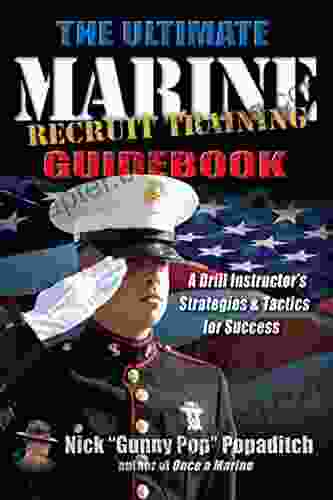
 Dennis Hayes
Dennis HayesDrill Instructor Strategies And Tactics For Success
Unleash Your Inner Warrior and Conquer...

 Guy Powell
Guy Powell101 Awesome Women Who Changed Our World: A Celebration of...
Throughout history,...
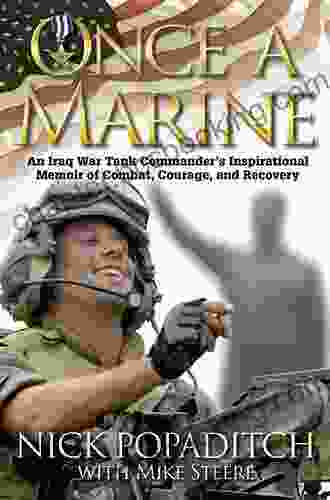
 Ashton Reed
Ashton ReedAn Iraq War Tank Commander's Inspirational Memoir of...
When he was just 19 years old, John Q....
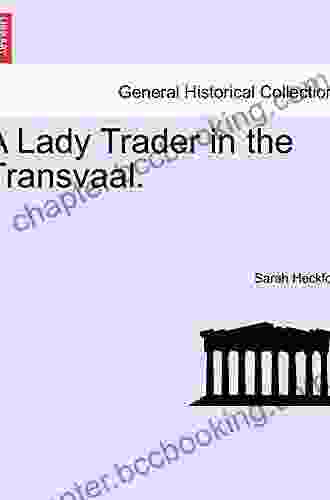
 Dean Cox
Dean CoxLady Trader in the Transvaal: A Literary Safari through a...
Prologue: A Journey into the...
4.4 out of 5
| Language | : | English |
| File size | : | 6969 KB |
| Text-to-Speech | : | Enabled |
| Enhanced typesetting | : | Enabled |
| Word Wise | : | Enabled |
| Print length | : | 469 pages |
| Lending | : | Enabled |
| Screen Reader | : | Supported |



